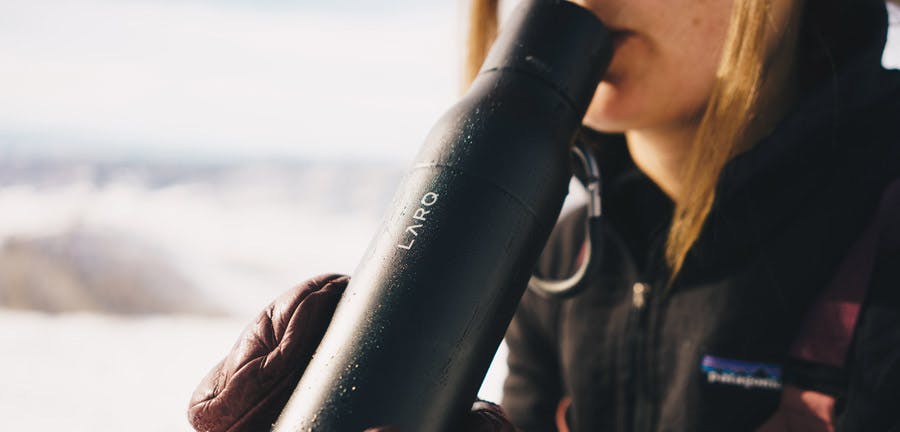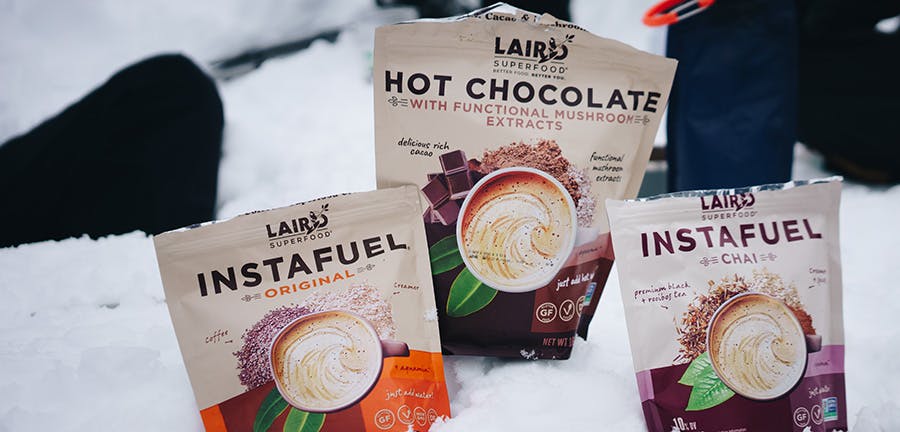Backpacking Through Canyons: Preparing for a Successful Trip

Planning a canyon backpacking trip? Reading Edward Abbey and drooling over pictures on Instagram won’t adequately prepare you for the journey ahead. Like any outdoor activity, canyon travel has its own set of challenges and gear requirements. Keep these Active Junky tips and recommendations in mind for a successful trip.
Know Before You Go

Canyons can be delicate ecosystems; many of them require a permit. Before you head out, make sure you have all the appropriate paperwork—and check in with the ranger or local authority regarding trail conditions, weather warnings, your itinerary, wildlife, etc.
Some places, like the Grand Canyon, have more people who want to travel there than the ecosystem can handle, so plan ahead and apply for your permit well before piling into the car and setting off for the trailhead.
A Journey of a Thousand Miles Starts with a Good Map
Canyons are nature’s mazes and navigation should never be an afterthought. A GPS unit is helpful, but it might not function properly in the chasms through which you travel—plus it’s no substitute for a map and compass. We recommend you bring both.

REI sells detailed topographical maps of pretty much everywhere worth traveling.
If you are bringing a GPS or using a topographic map app on your phone (we’re fans of the Topo Maps App), remember to preload your device with the data sets/maps you need.
Camp Like a Butterfly

Canyon travelers will deal with sizeable changes in elevation, rough terrain and variable conditions. Self-rescue is always a possibility. As such, it’s key to travel as light as possible.
Leave the heavy tent and the metal frame backpack at home. Hennessey, for example, offers excellent hammock tents that will serve you far better than a hefty dome tent.

Another alternative is a bivy sack and a sleeping bag combo. The Outdoor Research Helium is ultralight and gets the job done—line it with the ThermaRest Antares for a supremely light, comfortable and versatile backpacking setup.
Trekking poles are essential. You’ll want collapsible poles in case you have to rock scramble. Leki’s Micro Varios are an Active Junky favorite, tested from Chile’s Atacama Desert to Utah’s Canyonlands.
Hydrating and Nocturnal Hiking:
Overheating and dehydration can be fatal. Avoid hiking when the sun’s at its peak and drink plenty of water.
If someone in your party shows signs of heatstroke, deal with it immediately. Warning signs include headaches, changes of alertness, a high body temperature and lack of sweating.
Sun protection is crucial; hats are as stylish as they are practical. Cabela’s makes a Gore-Tex boonie hat, which will keep you both dry and out of the sun.
Fueling Your Body

Packing the right food and having an adequate water supply will be essential for your trip’s success. Backpacking in a canyon is physically demanding, so your food should be both lightweight and high in calories. Dehydrated meals such as those offered by Meal Kit Supply and Mountain House are both convenient and save weight. A fire might not be in the cards. Either way, take a lightweight stove.
Know Your Water Sources, Know Yourself

Also, some water sources may be opaque and full of silt, so UV filters or pumps may not be very effective (coffee filters help). Travelers may want to suck it up and use iodine or other tablets.
You’ll be sweating excessively, so be sure to bring electrolyte packets. Nuun is a solid and tasty way to up your hydration while removing the taste of iodine.
Closing Thoughts

According to the National Park Service, people usually have one of two reactions to canyon backpacking: they either can’t wait to go back or they swear they’ll never do it again. A little planning and foresight will keep you in the former category.
Final points:
- Travel in a well-prepared group.
- Canyons are usually delicate ecosystems; Leave No Trace practices are critical.
- Last but not least, know your limits. Be honest about your group’s abilities.
“Wilderness. The word itself is music.” – Edward Abbey, Desert Solitaire





